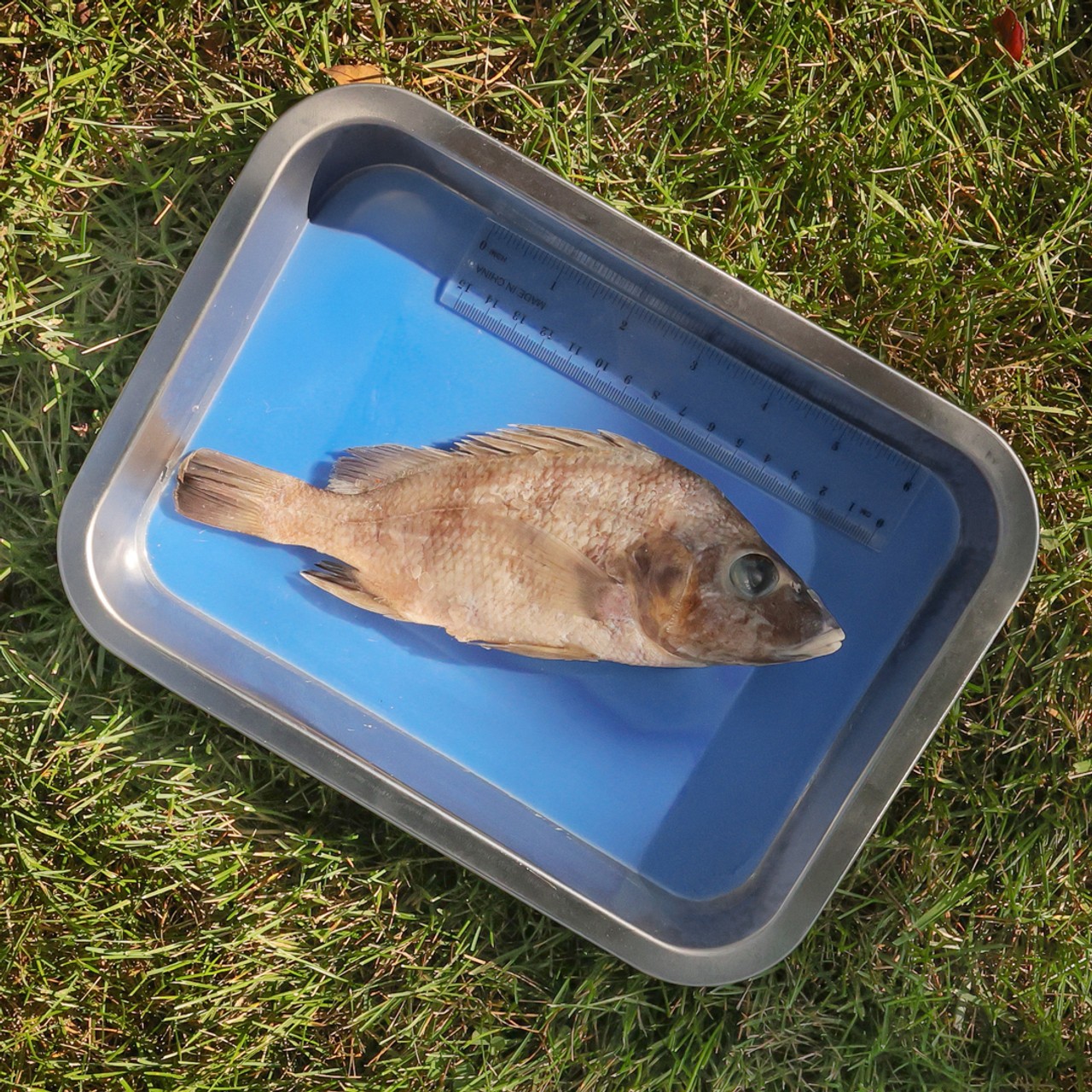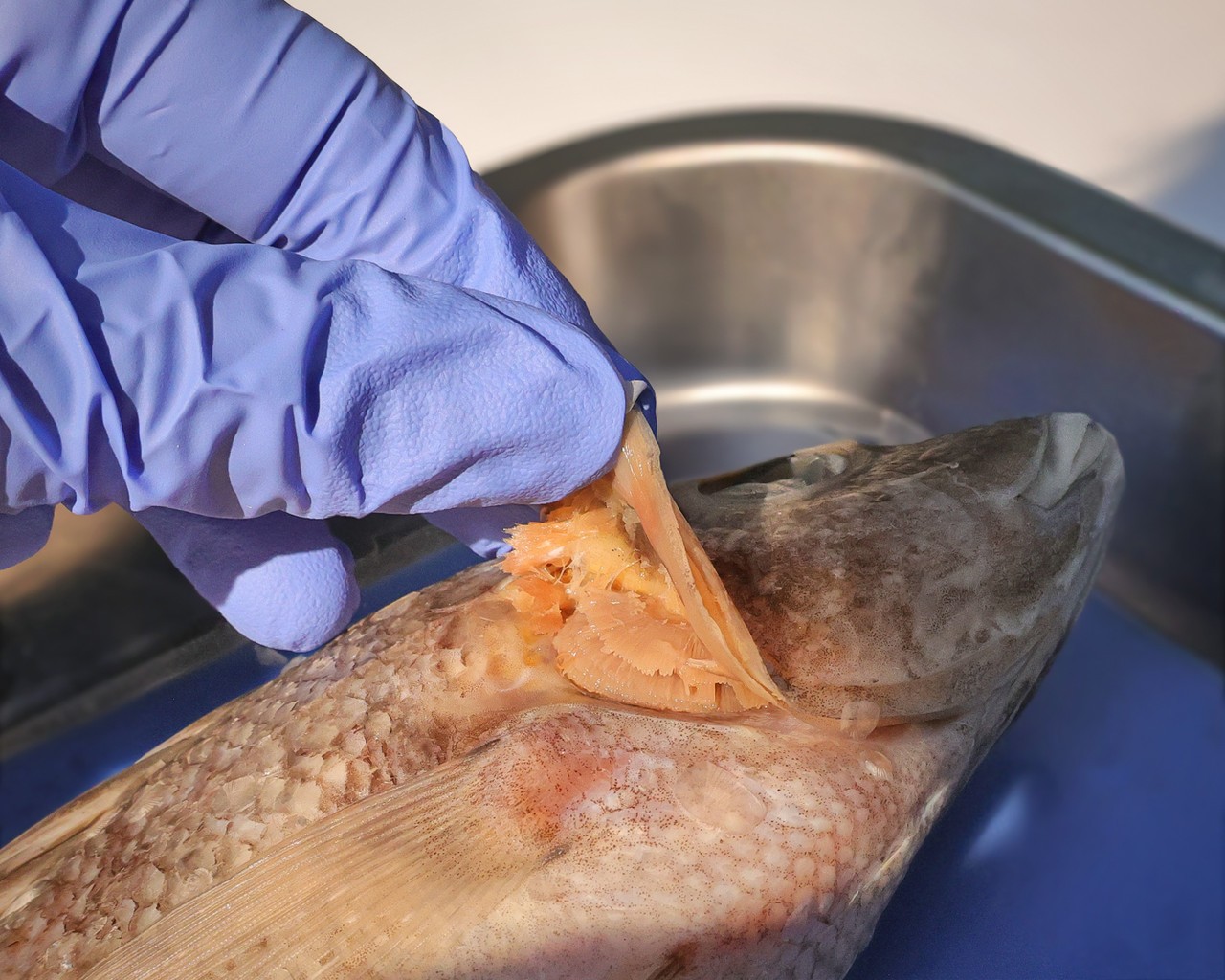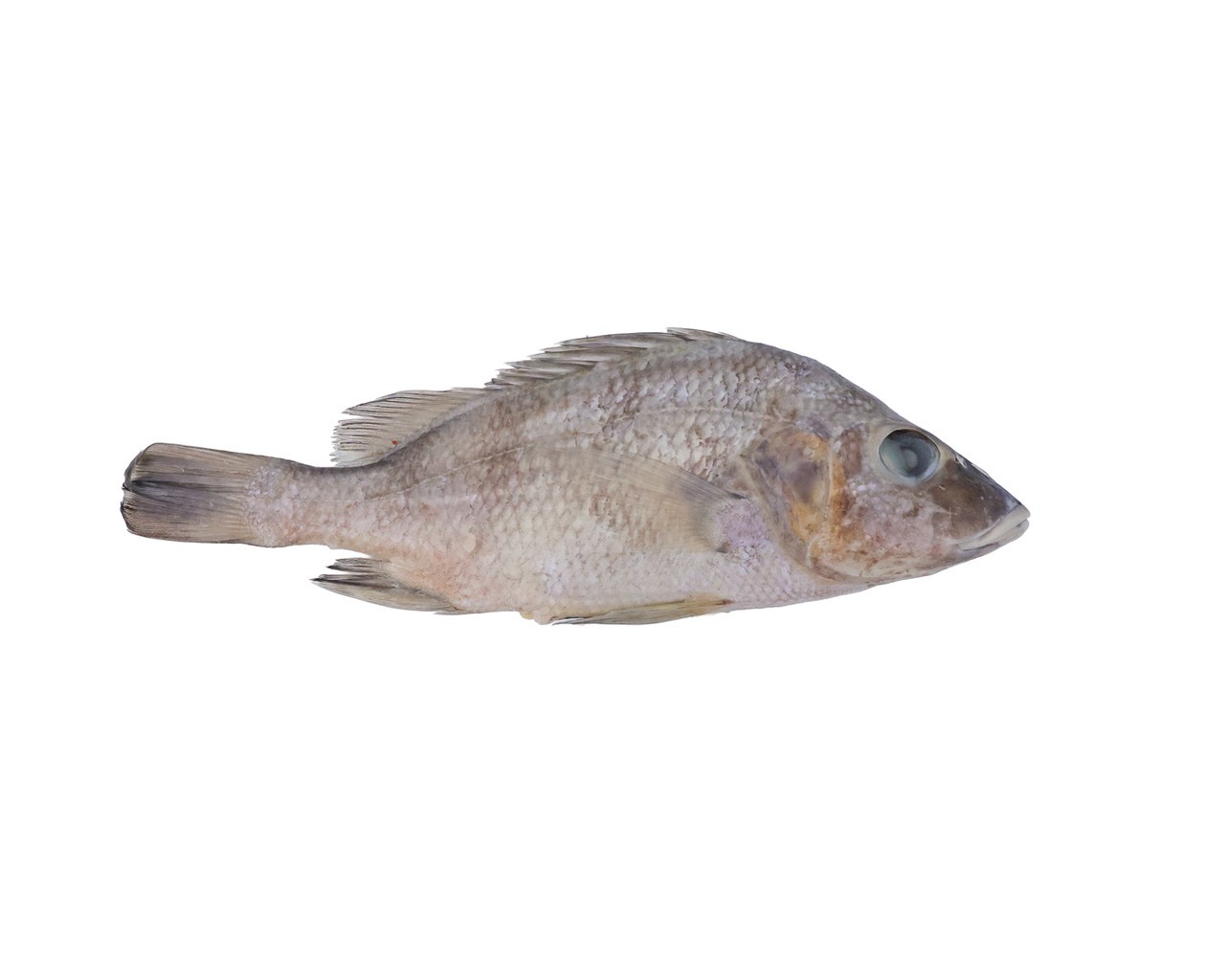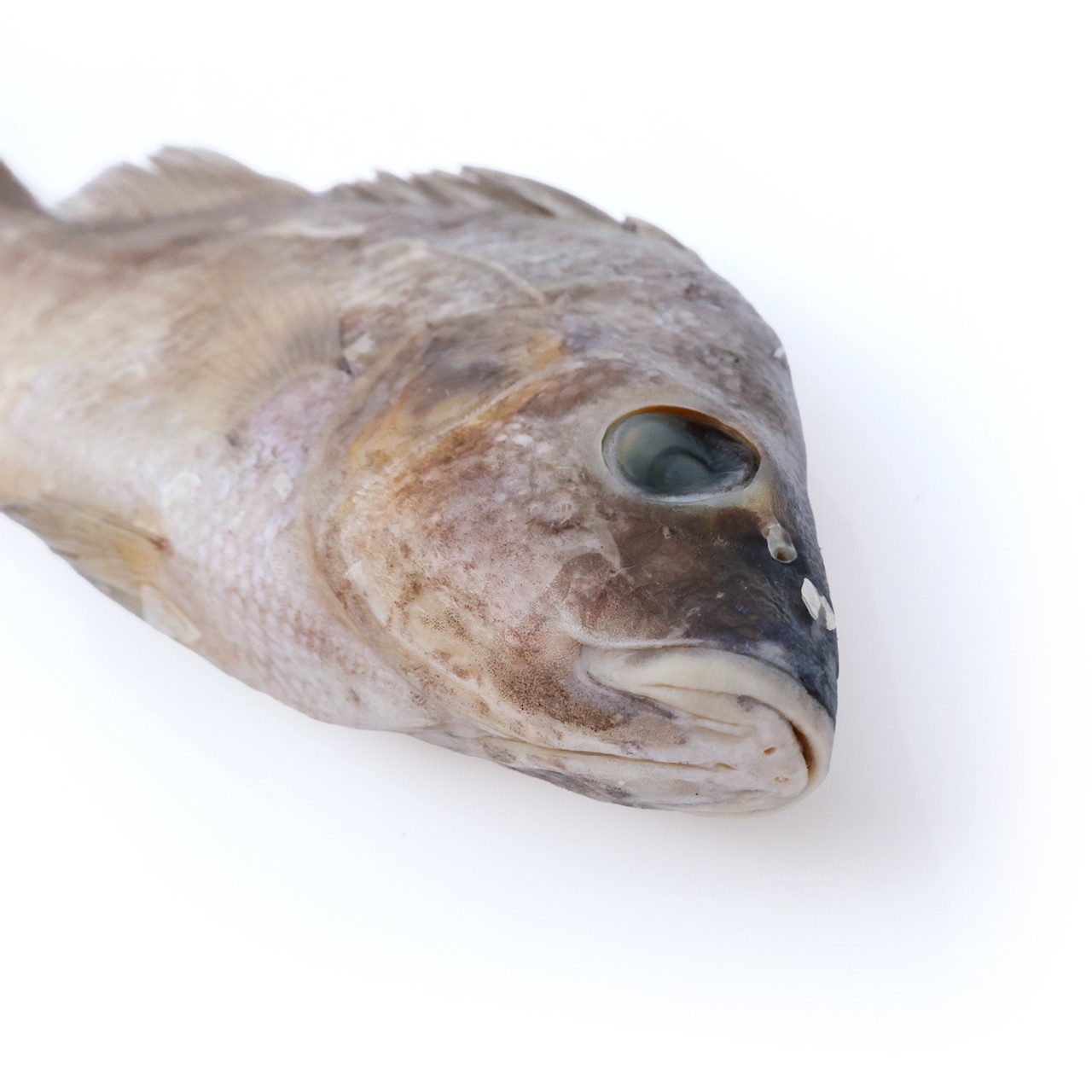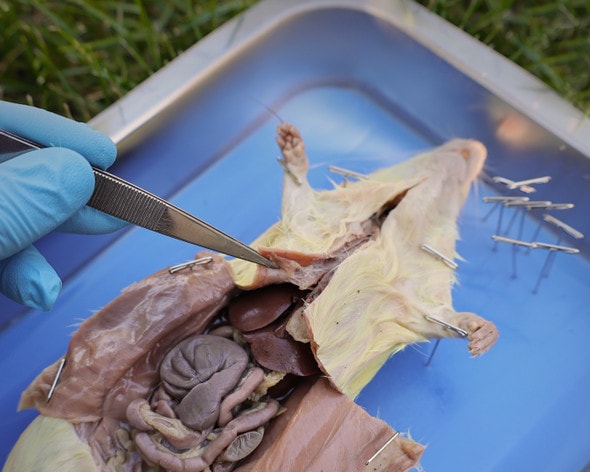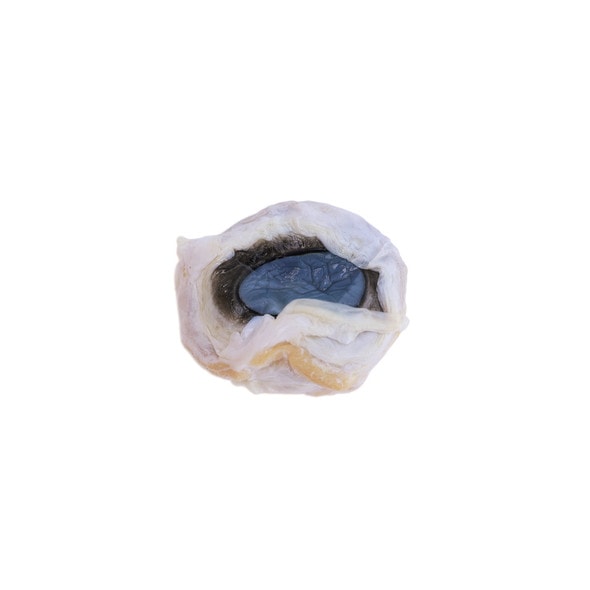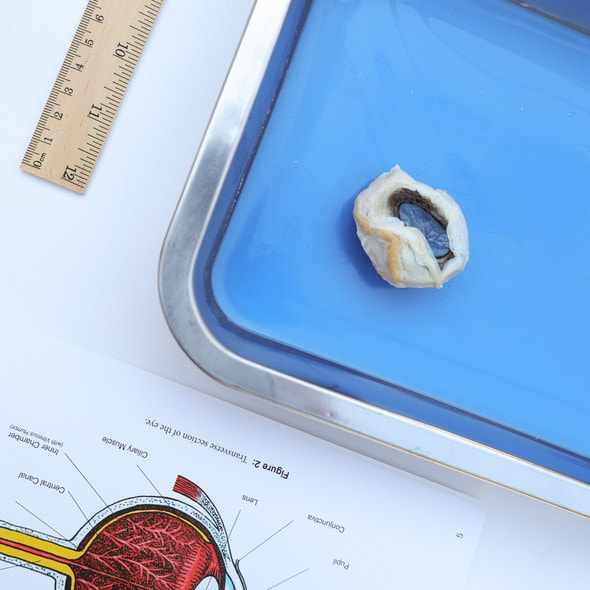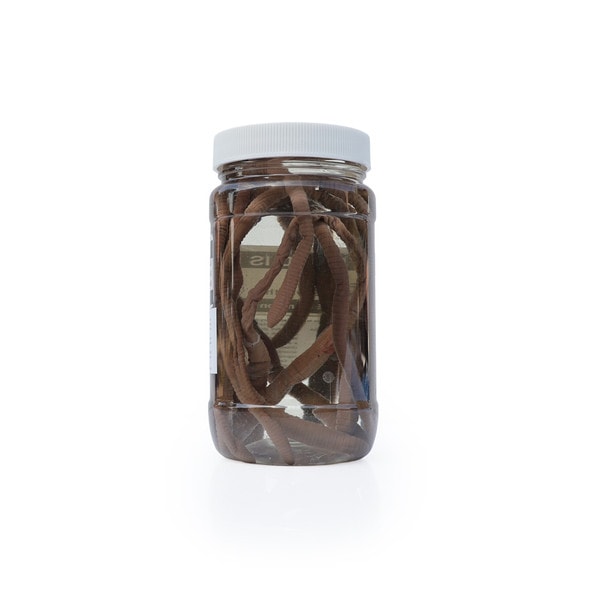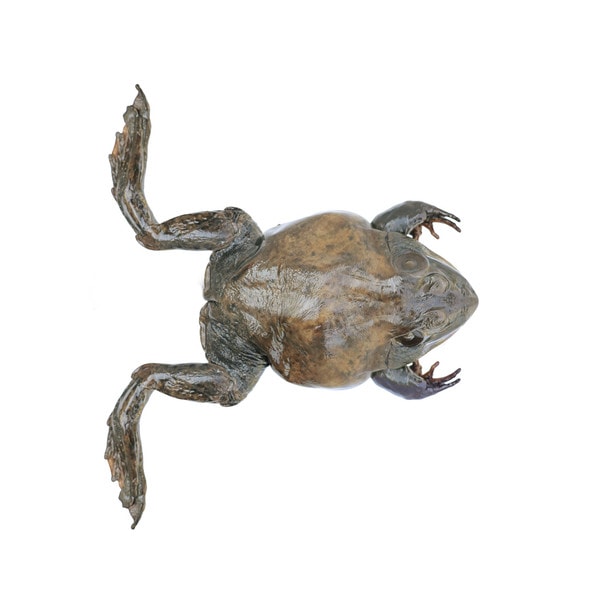- Home
- Specimens
- Non-Mammalian Dissection Specimens
- Anatomy Lab Preserved Perch Specimen for Dissection, 7-9 Inches, Vacuum Packed
Description
Perfect Your Dissection Technique with This Realistic Perch Specimen
Take biology beyond the textbook with the Anatomy Lab Perch Specimen. Measuring between 7–9 inches, this vacuum-packed specimen offers students and educators an authentic hands-on dissection experience. Whether you're studying vertebrate structures or aquatic anatomy, this preserved perch provides anatomical clarity and dissection confidence. Stock your lab with this essential learning tool today!
Explore Aquatic Anatomy with Purpose
This preserved perch specimen is ideal for biology, zoology, and comparative anatomy coursework. Learners will explore internal organs, gill structures, musculature, and skeletal systems commonly studied in vertebrate dissection labs. Designed for both high school and college-level curricula, it supports lessons in evolutionary biology and environmental science. Use it to reinforce lab safety, specimen handling, and precise dissection technique.
From Riverbed to Lab Bench — Bring Biology to Life
- Real perch specimen preserved to maintain anatomical integrity
- Ideal for learning about bony fish anatomy and internal organ systems
- Great for dissection skill-building in secondary and post-secondary education
- Vacuum-sealed packaging ensures long shelf life and easy storage
- Perfect for students in general biology, marine science, or comparative zoology
Key Features You Can Count On
- Preserved 7-9 inch perch for accurate anatomical study
- Durable vacuum packaging for extended storage and freshness
- Ideal for dissection labs, science fairs, and classroom demonstrations
- Supports NGSS-aligned biological sciences education
- No additional preservatives or setup required
Technical Specifications of the Product
- Product dimensions: 7–9 inches
- Product weight: Approximately 0.25 lbs.
- Included with purchase:
- 1 x Vacuum-Packed Perch Specimen
- 1 x Product Manual
Injection Type: Plain Injected
Plain injected specimens have not been injected with colored latex, so the arterial, venous, and hepatic systems are presented in their natural colors
Warning:
This product can expose you to chemicals including formaldehyde, which is known to the State of California to cause cancer, and methanol, which is known to the State of California to cause birth defects or other reproductive harm. For more information go to www.P65Warnings.ca.gov.


